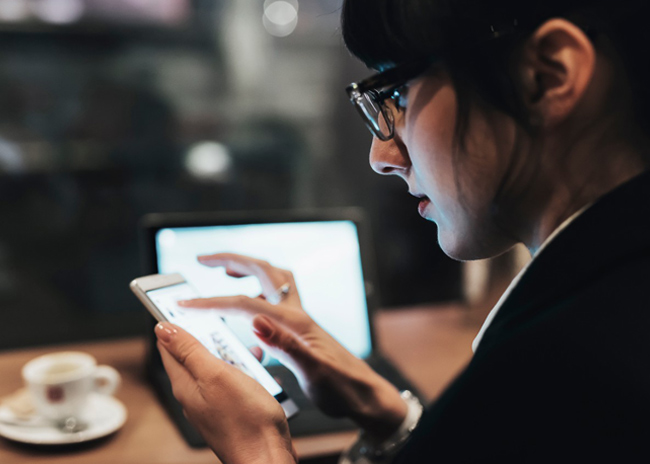Go paper-free
Amend paper-free preferences for your statements and correspondence.
If criminals get hold of your card or personal information, they may be able to access your bank account. Find out how to keep your card safe from fraudsters.

Paying with your debit or credit card gives you extra protection. Your payment can be traced and often refunded, if you lose your money to fraud or a scam.
Remember, your card and PIN should only be used by you. Make sure you always know where your card is.